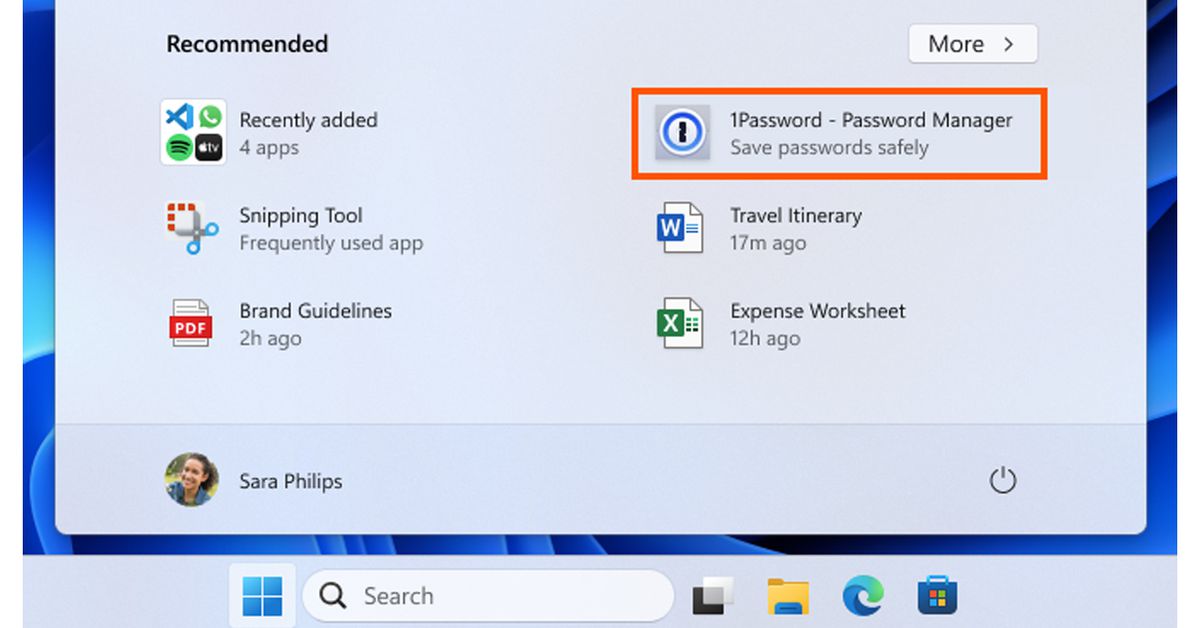Microsoft is starting to enable ads inside the Start menu on Windows 11 for all users. After testing these briefly with Windows Insiders earlier this month, Microsoft has started to distribute update KB5036980 to Windows 11 users this week, which includes “recommendations” for apps from the Microsoft Store in the Start menu.
Luckily you can disable these ads, or “recommendations” as Microsoft calls them. If you’ve installed the latest KB5036980 update then head into Settings > Personalization > Start and turn off the toggle for “Show recommendations for tips, app promotions, and more.” While KB5036980 is optional right now, Microsoft will push this to all Windows 11 machines in the coming weeks.
Microsoft’s move to enable ads in the Windows 11 Start menu follows similar promotional spots in the Windows 10 lock screen and Start menu. Microsoft also started testing ads inside the File Explorer of Windows 11 last year before disabling the experiment and saying the test was “not intended to be published externally.” Hopefully that experiment remains very much an experiment.



This is, again, an atypical use-case. Despite that, it’s not hard to find the answers. Googling for “Linux Japanese keyboard layout” comes up with an easy-to-follow guide in the first 5 search results, literally on the Ubuntu forums. Understand I’m not saying the use case is particularly RARE, but it’s not the norm either. And honestly, Snap sucks anyway. 😂
It could certainly be better supported and better documented, but you’re looking through the lens of your specific experience, not realizing your experience is not that of the every day, average PC user.
Put up a dart board of the most widely used KDE distributions and throw a dart. You’ve got a KDE distro that actually meets the needs of a non-technical user. Kubuntu, Linux Mint’s KDE edition, Fedora, OpenSUSE, hell throw Manjaro with KDE on. The desktop environment has zero bearing on a distro’s ability to act like a computer, it’s only the paint on the walls. If a distro “fits the needs of a non-technical user” by your definition with, say, GNOME or Cinnamon or XFCE or Budgie or whatever else, it’ll do it with KDE too. Desktop environment != distribution.